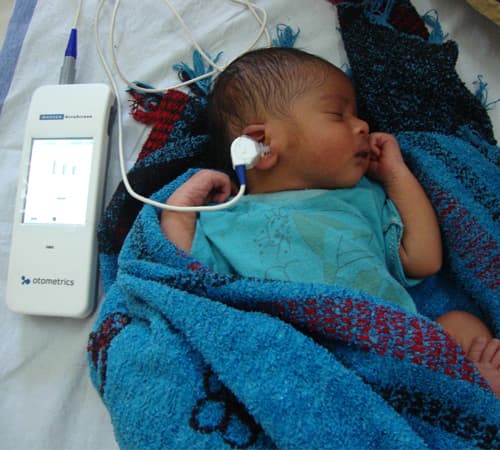

Although a small study of 152 normal-hearing subjects revealed an STRC mutation carrier frequency of 2.6% ( 9), larger population studies are needed to better understand the contribution of STRC mutations to human hearing loss. The carrier frequency of STRC mutations in the human population has been difficult to determine due to the highly homologous genomic architecture surrounding the STRC gene. Pathogenic STRC mutations include single-nucleotide variants, large genomic rearrangements, gene conversions, and deletions ( 8). Unfortunately, the gene that encodes human stereocilin ( STRC) is a common target of genetic mutations that cause recessive hearing loss, known as DFNB16 ( 5– 7). With functional stereocilin, the cochlear amplifier can improve auditory thresholds by ~60 dB, thus enhancing sensitivity to faint sounds by a million-fold. A key protein required to couple hair bundles to the tectorial membrane and maintain cohesive hair bundles is known as stereocilin ( 3, 4). Cochlear amplification requires cohesive outer hair cell bundles and a physical connection between hair bundle tips and the overlying tectorial membrane ( 2). Collectively, these functions, known as cochlear amplification, depend on the activity of sensory outer hair cells in the cochlea ( 1). The mammalian inner ear has evolved a unique ability to amplify soft sounds, attenuate its response to loud sounds, and sharply tune its response in the frequency domain. The data raise the prospect that our strategy could benefit ~2.3 million patients worldwide affected by STRC mutations. We report robust recovery of exogenous STRC expression in outer hair cells of Strc-deficient mice, recovery of hair bundle morphology, substantially improved cochlear amplification, and enhanced auditory sensitivity. To target outer hair cells, which are difficult to transduce, we used synthetic AAV9-PHP.B vectors for efficient dual-vector transduction. We devised a novel dual-vector approach to circumvent the size limitation of AAV vectors and drive expression of full-length STRC protein. To develop gene therapy strategies for patients with STRC hearing loss, we generated a mouse model with a targeted deletion in the Strc gene.

Approximately 16% of genetic hearing loss is caused by pathogenic mutations in STRC, a gene that encodes the protein stereocilin.

Hearing loss affects an estimated 466 million people worldwide, with a substantial fraction due to genetic causes.


 0 kommentar(er)
0 kommentar(er)
